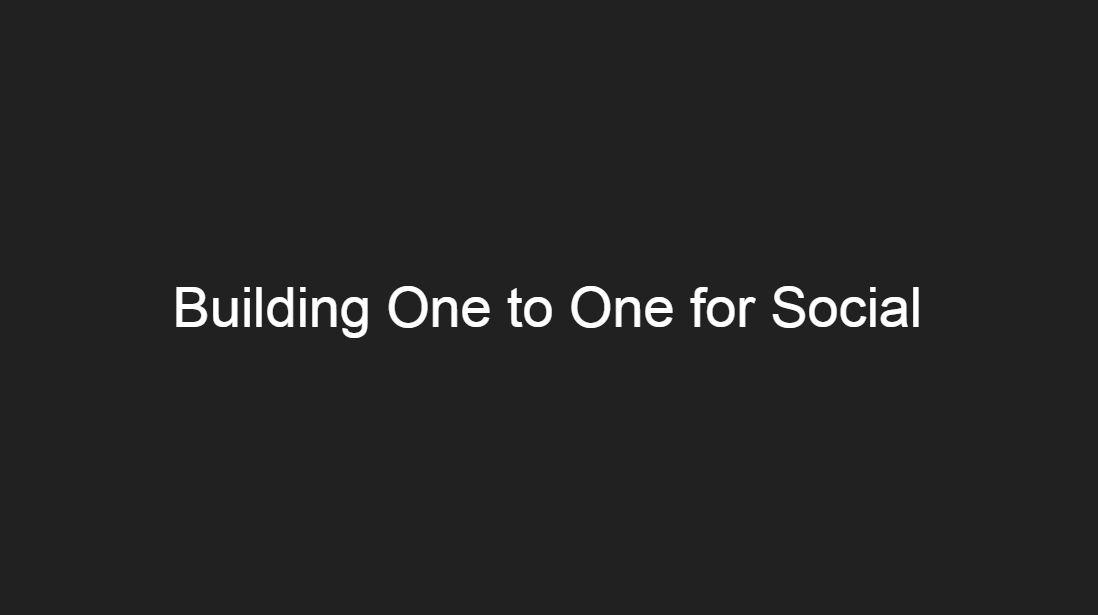-
Back in 2016 I identified the most successful strategy for Facebook, especially if you weren't afraid of dipping your hands in a bit of content fraud, was to "be massive" to spread your content out among a number of different Pages that appeared to have different topical focuses. Chronotope/787304508422557697
-
Today: "Popular Information has discovered a network of large Facebook pages — each built by exploiting racial bias, religious bigotry, and violence — that systematically promote content from The Daily Wire." popular.info/p/the-dirty-secret-behind-ben-shapiros
-
This has been a long-standing content fraud strategy, one I even tested myself by setting up some tests to see how easy it was to create massively parallel posting using basic tools like RSS and IFTTT. The answer is: it is very easy.
-
I also spoke at #bcni about fake posts, where you take preexisting popular post titles and topics and build your own posts that benefit from that trend - Chronotope/788015864285134848
-
It kicks off a discussion about a phenomenon in publishing I called The Great Unbundling, a time when Facebook dominated traffic sources and many pubs spun out different URLs to map topical focus to a single URL that matched up with a single FB page Chronotope/1042097345591214080
-
There was some pullback because Facebook pulled back on its traffic, and they didn't all make financial sense on their own URLs, but it didn't stop this structure of mapping topical Facebook pages from being successful for others without the same level of cost.
-
The strategy that is identified in Popular Info is exacerbated by hate-mongering, making it more effective at amplification, but is also a standard strategy employed by content fraud pretty frequently (just to lesser impact). popular.info/p/the-dirty-secret-behind-ben-shapiros
-
It is especially effective because it plays into exactly how ad tech in general and Facebook in particular look to user data to decide on what to amplify. See, the goal is always to bucket users into groups that make them easily and more accurately targetable so...
-
The most effective FB pages on a effort/results basis are those that narrowly define userbase, engagement w/those pages is particularly valuable b/c it offers up signals to FB that the user is interested in that narrowly defined topic. The reason it works this way is 100% ads.
-
When I talk about building "One to one with social" I mean that the most effective strategies lean into the advertising needs of platforms, example: matching a source of contextually focused content with a single FB Page focused on the same topic.
-
W/ the move towards less 3p data, if it has any immediate downside it will be that this structural decision-making is reinforced. Contextually focused pages will be only of higher value on platforms while being... say... a general multi-topic news source... is a weak signal.
-
This behavior by content fraudsters isn't going away b/c it feeds into revenue-generation behavior for platforms. To create success for legitimate news over illegitimate news means considering how to take on this behavior to some degree.
-
The point of the presentation I gave in 2016 is that we don't need to operate whole new news organizations in order to counteract illegitimate content that plays on these systems. There is a way for legit publishers to take on these tactics. christopherwink/787350032253083648
-
Legit publishers need to consider how their behavior can work w/in the requirements of these systems. What we see here is when legit publishers do not fill this space, content fraudsters do instead. But publishers can use the same techniques ethically and push content fraud out.
-
This was my advice at the time and is still my advice now: be massive. It is irrelevant to your actual size as an org, it's about creating a footprint on the social platform composed of many highly topically specific Facebook pages that post your content to *specific* audiences.
-
When considering this, consider aggregation as a strategy, consider building aggregation sites as a strategy *over* creating entirely new sites, and consider how to map this to specific FB pages. Remember that social platforms are looking for levers to subdivide audiences.
-
The strategy of multiplying your Facebook pages to create spaces for more specific audiences not *in itself* bad, it just requires work & focus and transparency to be executed ethically. This is important, either legit publishers do it... or the content fraudsters take over.
-
(And legit publishers should be able to easily outmaneuver content fraudsters if they decide to allocate their vastly more significant resources towards doing this)
-
The thing to remember is that the system works this way because of profit motive. This is a strategy that leans into how social platforms categorize traffic into audiences that can be targeted by advertisers. It's a fundamental structural decision that isn't going away.
-
So even if this great reporting means that one abuser is removed, this behavior will persist and be executed elsewhere. Successfully promoting and presenting journalism on social platforms means understanding the nature of the platform and executing a strategy that leans into it.
-
And I want to note, this isn't a criticism of existing strategies by publishers, because those come out of a community oriented approach. But Facebook isn't community oriented, it is advertiser oriented and there is an untapped opportunity to lean into that unfortunate reality.
-
Being Massive is an additional strategy that can be layered over the existing strategic efforts by legit publishers, and if it is paired with an aggregation strategy (topically focused pages can update more frequently with matching content from others) it can lift multiple pubs!
-
And if you are a reporter interested in this problem, I can guarantee you that a single pub is only the tip of the iceberg. Content fraudsters use this strategy whether their objectives are commercial or ideological, and there's plenty more to dig into if you care to look.
 Chronotope’s Twitter Archive—№ 121,465
Chronotope’s Twitter Archive—№ 121,465